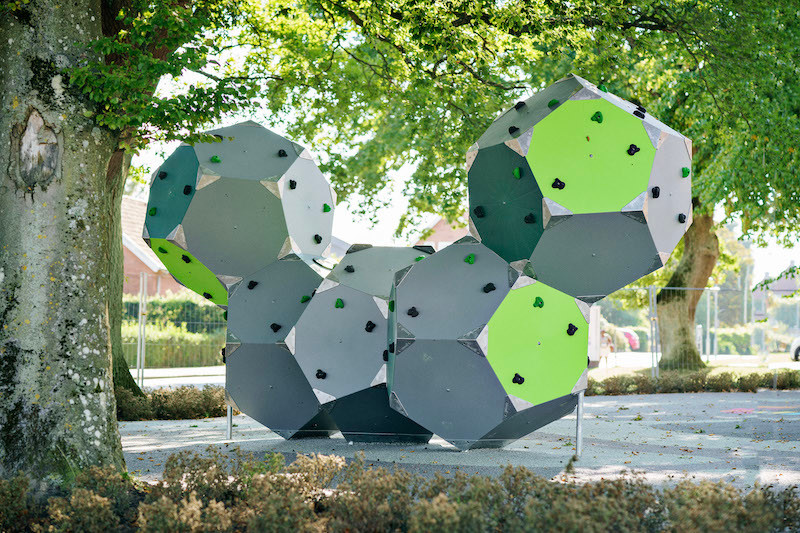
NOMINATIONS CLOSE SEPTEMBER 12 RECOGNISING THE INDIVIDUALS BEHIND THE PROJECTS
NOMINATIONS CLOSING SEPTEMBER 12 URBAN LEADER AWARDS
Resources
Newsletter
Stay up to date and with the latest news, projects, deals and features.
Subscribe
Without a doubt, sustainability is becoming increasingly important to Australians.
However, Australia's built environment is responsible for 25 per cent of the country's greenhouse gases, and according to the United Nations, we all must be accountable for lowering carbon emissions by 45 per cent before 2030 to ensure the global temperature doesn't exceed 1.5 degrees.
Across the manufacturing and building sectors, the evolution of material specifications and building processes are everchanging, and this approach should be no different for community parks, as 80 per cent of carbon emissions come from raw materials.
With the goal to achieve net-zero carbon within Australia by 2050, every stakeholder involved in the development of master-planned communities has an inherent opportunity to source sustainable solutions.
However, to create circular designs and to reduce carbon footprints, developers need to look beyond common building alternatives such as green steel, low carbon concrete and energy efficiencies.
By using recycled materials not only for residential buildings but also throughout the entire community, developers have the opportunity to create happier, healthier, sustainable and prosperous communities.
In addition, eco-friendly residential communities can achieve the Green Building Council of Australian initiatives such as their Green Star—Communities Scheme, enabling developers to enhance liveability, economic prosperity, environmental attributes, and design excellence appealing to prospective buyers.
To support Australian Developers in attaining Green Star ratings, KOMPAN has chosen the challenging path to benchmark and inspire a new currency by creating innovative and sustainable raw materials which can be used to construct playful solutions.

GreenLine, KOMPAN's newest product range, is manufactured from post-consumer waste sources such as ocean waste, used textiles, and food packaging waste.
When compared to virgin materials, KOMPAN's third-party verified material alternatives offer up to 75 per cent reduction in carbon emissions and are being used throughout many playgrounds worldwide. More specifically:
The poorest of post-consumer textiles and plastic bags are being into a raw material called TexMade, offering an alternative to steel posts and has a calculation of 80 per cent reduction in carbon emissions compared per kg.
Structural play panels are made from 100 per cent post-consumer maritime waste.
Rotomoulded components are manufactured with 25 per cent post-consumer ocean recycled waste.
Low-carbon extruded aluminium is being used for all extruded parts.
Climbing panels and decks can now be delivered in 75 per cent post-consumer recycled ocean waste.
“Reducing carbon emissions one playground at a time is a core focus for KOMPAN,” director of sustainability projects Dorthe Thorup-Kjærulff said.
“Every play equipment item in the Greenline portfolio offers the same quality that Kompan has been designing and manufacturing for over 50 years, however, with a distinctive difference.”
For more information on KOMPAN's sustainable playground solutions development click here.
The Urban Developer is proud to partner with KOMPAN to deliver this article to you. In doing so, we can continue to publish our daily news, information, insights and opinion to you, our valued readers.